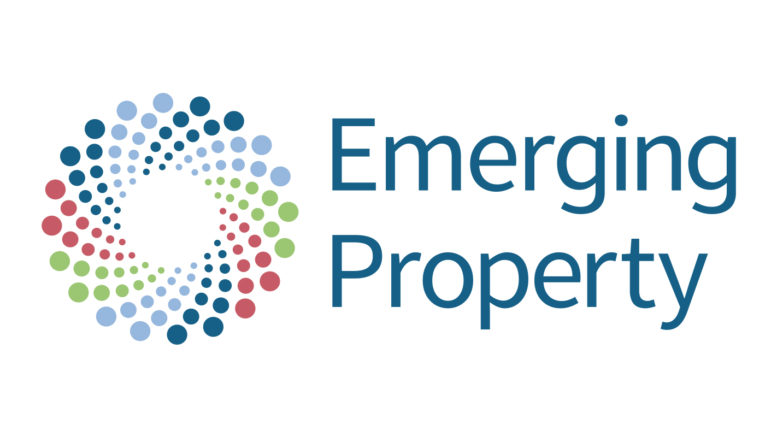Buy-to-let landlords have had a pretty rough time of it recently, what with the hike in Stamp Duty, Article 4 legislation and punishing changes to their income tax burden.
It’s not surprising that many of them are disillusioned with the current state of rental property ownership. But it can still be lucrative, and even better, it can be lucrative without any effort or outgoings on your part for a full 10 years.
1. Put yourself in pole position
One of the down sides of residential buy-to-let is that in a decent area, you’re competing with people who are looking for a home for themselves. House prices can escalate accordingly, which – along with repair, conversion and start-up costs – could mean a very significant initial outlay.
However, a little lateral thinking can get round this.
Purpose built student accommodation (PBSA) is classified as commercial property, which means it isn’t subject to Stamp Duty under £150,000. A unit in one of the better developments will be a turnkey investment, ready to earn income from the day you take ownership.
What’s more, because of the size of the property – typically over 100 units – the site and construction costs can be spread by the developer across as many owners as there are apartments. This reduces total purchase prices significantly – in many cases to the level of a deposit for a buy-to-let mortgage.
And if the developer’s done his homework, the property will be close to both the campus and the city centre – in a prime area way beyond most buy-to-let budgets.
2. Have your property professionally managed at no extra cost
The developers, who offer long fixed income contracts (you should be looking for 8-10% NET for 10 years), find it makes far more economic sense to have professional management teams onsite rather than have to call them in.
These management teams are responsible for all letting, vetting and rent collection; they are incentivised to achieve maximum occupancy and so ensure that your property is maintained and repaired to the highest standards.
You should not be charged for this service during your 10 years, nor for ground rent, repairs, replacements, utilities, insurance – you shouldn’t have to pay a penny beyond the purchase price and a one-off legal fee.
3. Centralised bulk buying
Breakages happen, maybe a bit more frequently in student property. Student property developers have central supplies of furniture, sanitaryware, fixtures and fittings that bulk purchase provides at prices the average landlord can only dream of. Not only does this contribute to the profitability of the property as a whole, it also means that the onsite managers can carry out repairs on the spot and keep your property in mint condition.
Be careful, though – if you’re not on a 10-year fixed income contract, the shorter time period may lead your developer to cut corners and, for example, not replace a kitchen after 5 years but leave it until it becomes your responsibility.
A 10-year agreement means that by the end of the term, your property will have been pretty much renovated from floor to ceiling.
So, what next?
James Harrington, Business Development Manager for sector specialists Emerging Property, offers this advice:
“Definitely look out for 8-10% NET income, fixed and transferable for 10 years – not only does this make your property more attractive at resale, it also means it will be properly taken care of on your behalf.
“Beware offers of 6 years income or less – this is a pretty sure sign that the developer has inflated the purchase price to make a profit rather than commit to long-term rental growth.”
Take a look at some alternatives to buy-to-let property, and see how being a hands-off landlord can earn you a worthwhile income again.








Be the first to comment on "3 ways economies of scale makes property investment rewarding again"